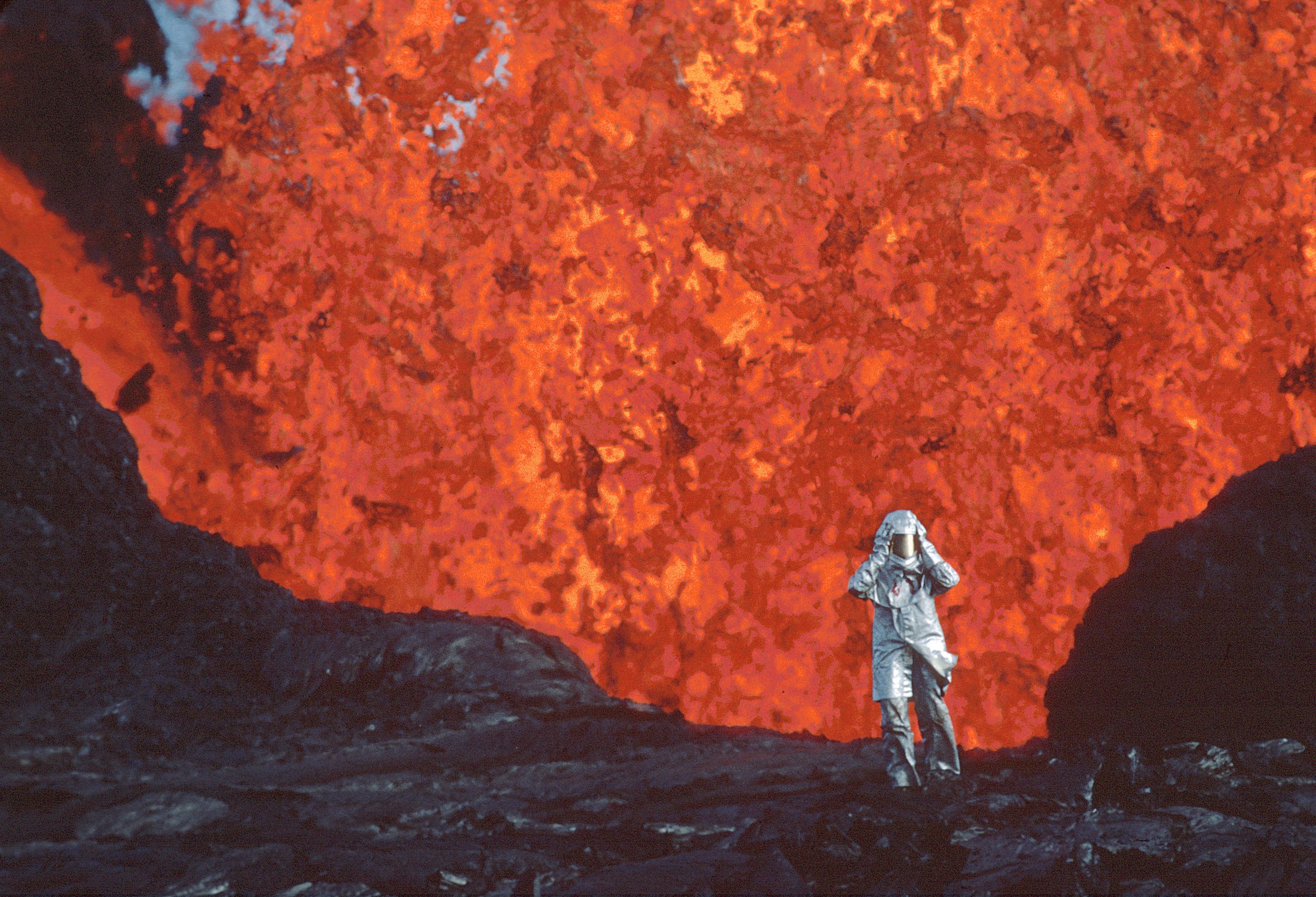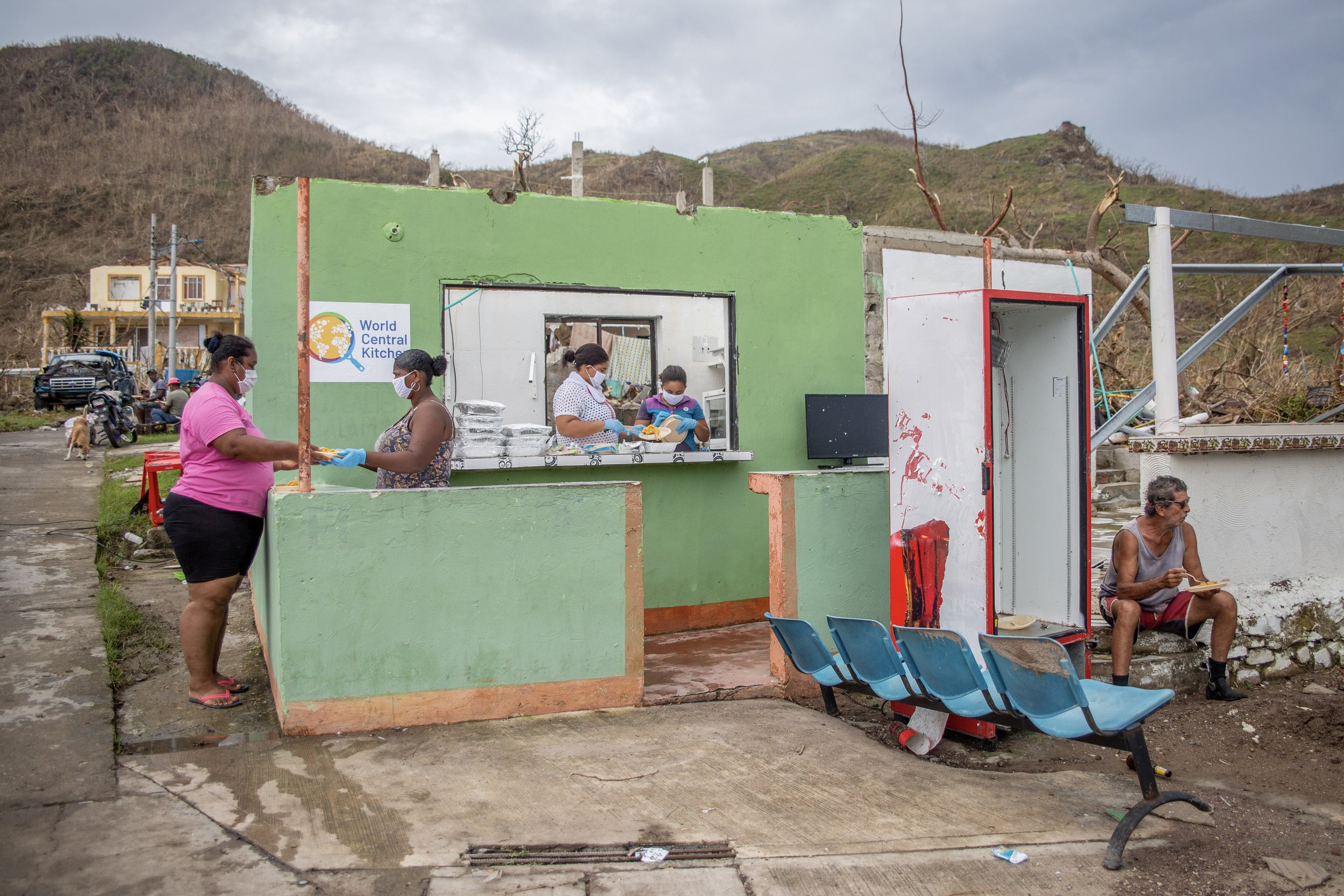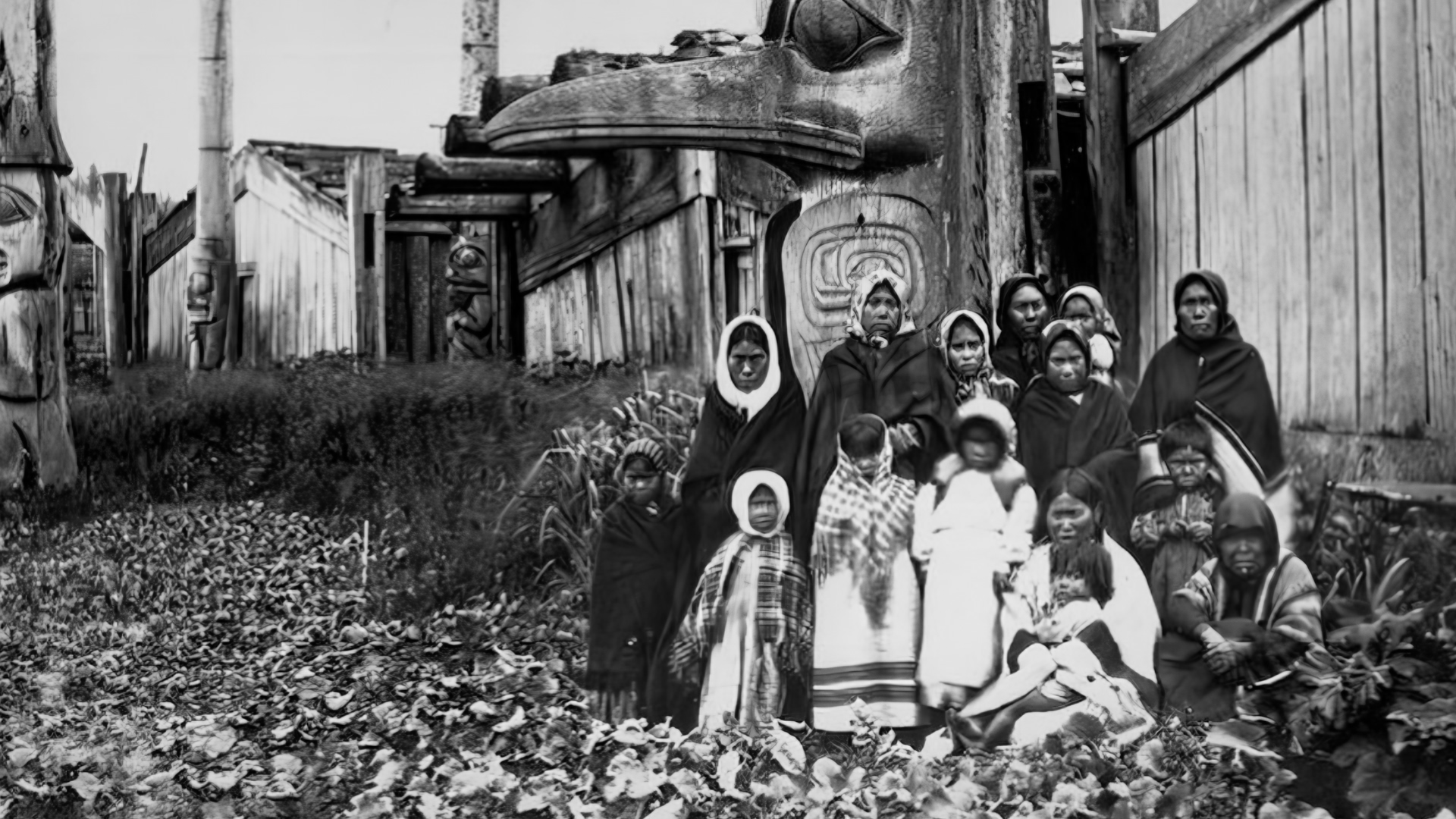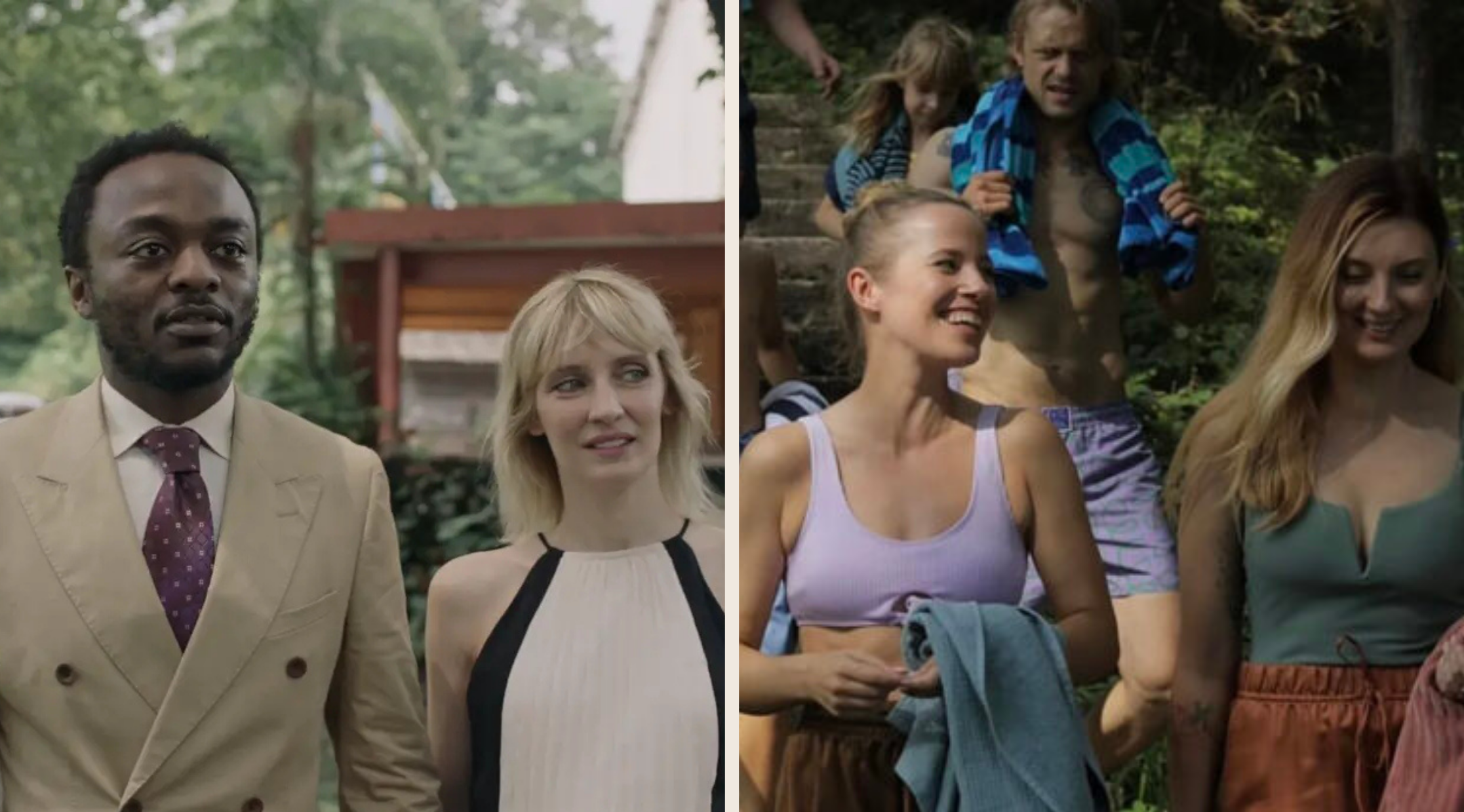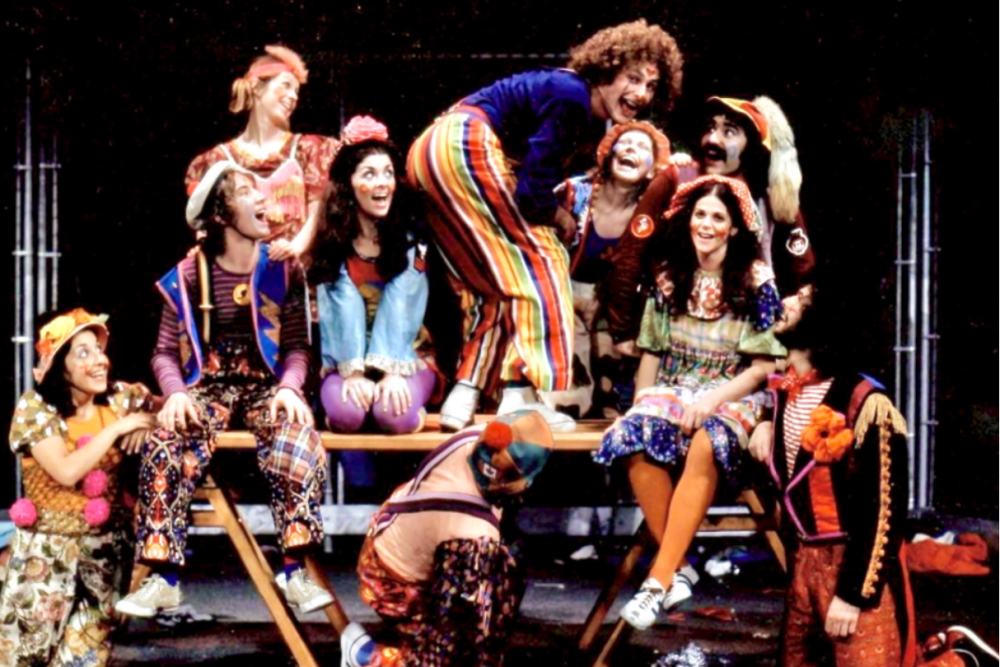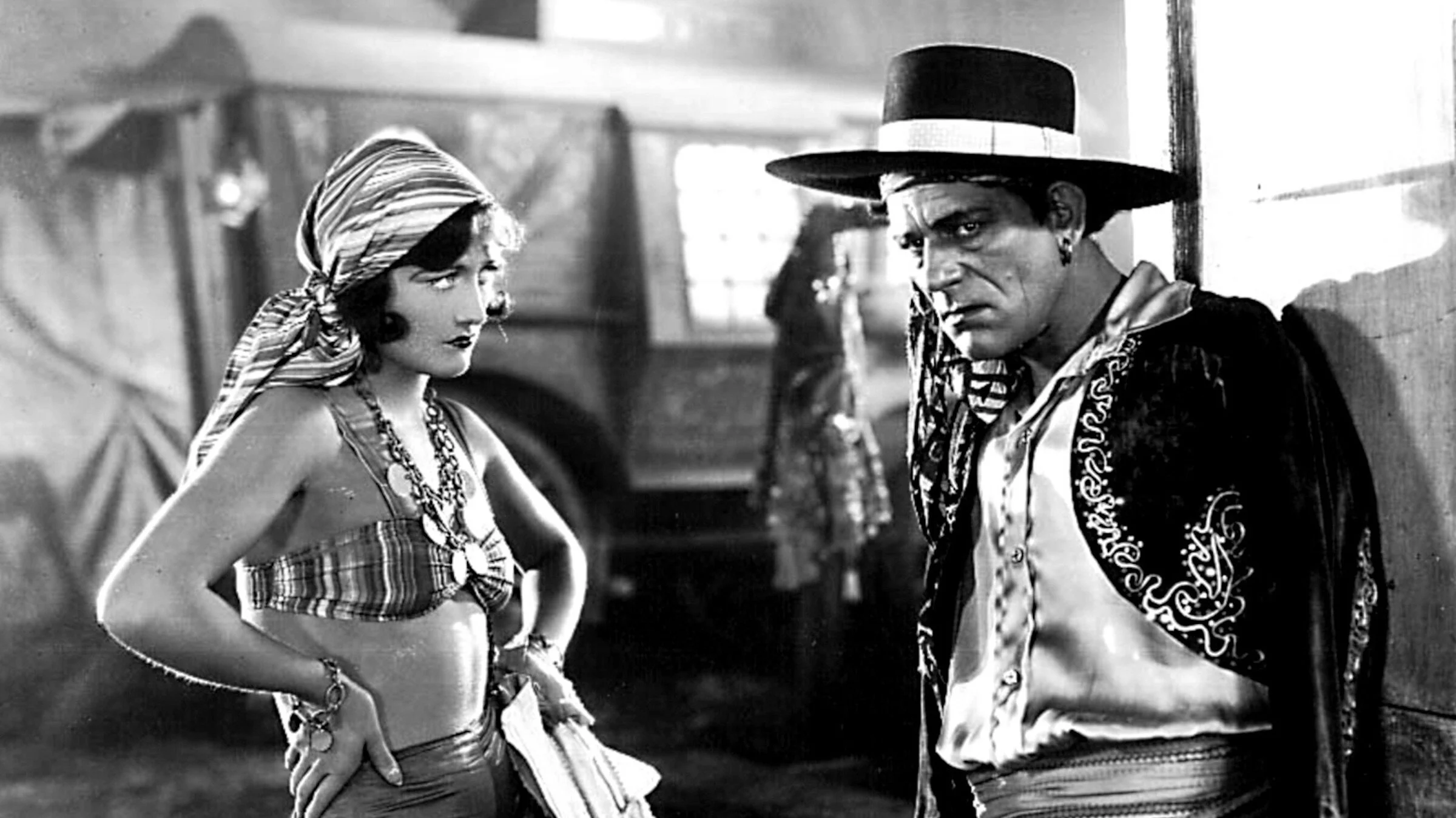Film reviews: Striking DOXA documentaries travel from the mouths of volcanoes to the hills of Vietnam and beyond
This year’s standouts include Fire of Love, Rewind & Play, and Children of the Mist
Fire of Love.
The DOXA Documentary Film Festival runs from May 5 to 15
Fire of Love
Canada/U.S.
May 7 at 7 pm at Vancouver Playhouse as DOXA’s opening presentation and online throughout the festival
Katia and Maurice Krafft met at the University of Strasbourg in the late 1960s and bonded over their shared fascination for volcanoes—the red, friendly kind and the grey, killer kind. Inseparable from that moment on, the pair dedicated their lives to studying the behaviour of these mysterious and menacing openings in the Earth’s crust, boldly going where few others ever dared, capturing some of the most awe-inspiring imagery ever recorded.
Fire of Love tells their story, director Sara Dosa artfully assembling rare and never-before-seen archival footage and photographs shot by the volcanologists along with TV clips and at-home interviews. In some scenes, the two look like space travellers on another planet, seeming to play just steps away from epic, splashing fountains of lava; elsewhere, we get a glimpse of the arduous labour involved in their pioneering research from the 1970s and 80s, the two hiking for miles under the blazing hot sun to collect gas and soil samples. The film also captures the friction that comes from working together, touched on when narrator Miranda July sums up Katia’s reaction to the time Maurice went out in a dingy purchased at a flea market on a lake of sulphuric acid, getting caught in a headwind that had him paddling for over three hours to get back to shore.
The documentary travels from Mount Nyiragongo in the Democratic Republic of the Congo to Indonesia’s Anak Krakatau to the last volcanic eruptions the couple would ever witness at Mount Unzen in Japan. There, in 1991, they got too close. With spectacular imagery of one the planet’s most mysterious and deadly phenomena, this is one for the big screen. GJ
Rewind & Play
France/Germany
May 5 at 9 pm at VIFF Centre, May 7 at 12 pm at The Cinematheque, and May 10 at 9 pm at VIFF Centre and online throughout the festival
Looking tired and older than his 52 years, Thelonius Monk was nearing the end of his touring days when he arrived in Paris at the close of a European swing in December ’69. This short but incredibly powerful film by Alain Gomis makes us of the rushes produced for a TV show prior to his concert. It’s deeply uncomfortable to watch. Host Henri Renaud, himself a respected jazz pianist, if a bit academic, is distracted by fussy technical concerns and unhappy with their strained interview. More than once, Monk looks like he’s about to bolt from the studio. The film has drawn attention to what the DOXA program describes as the “systemic racism and legacy of colonialism at play in the exchange", which is undoubtedly true, although Gomis seems more interested in producing a disorienting psychological picture of Monk, especially in the film’s exaggerated and unsettling sound mix or with its intense close-ups of the musician decoupled from the narrative. It’s like he’s dissociating, and so are we. At this point in his life, mental illness and heavy medication had taken their toll, and Monk seems more exhausted and bemused than offended. His refuge in music, the film suggests in a bravura climax, is total. As such, it’s unbelievably thrilling to watch him play under the blazing studio lights in crisp high-end video, and it’s fun to think Monk is maybe amusing himself when he patiently agrees to play one more number. His choice? Gershwin’s “Nice Work if You Can Get it”. Fans of the jazz legend will note that Monk is also filmed visiting a Parisian bar, where he’s no less taciturn and unreadable. He takes his liquor straight, but with a chaser. AM
World Central Kitchen volunteers prepare food inside building that lost its roof to a hurricane in We Feed People. Photo by National Geographic/Clara Wetzel
We Feed People
U.S.
May 9 at 6:45 pm and May 15 at 12 pm at SFU - Djavad Mowafaghian Cinema and online throughout the festival as part of Justice Forum 2022 presented in partnership with SFU Woodward's Cultural Programs
Earthquakes, floods, wildfires, hurricanes, and war: when there is a catastrophe, people call in the experts to help, whether they’re firefighters or armed fighters. Food, however, is usually an afterthought. World Central Kitchen is changing that. The non-profit organization headed by Spanish-born U.S.-based celebrity chef José Andrés has been hitting frontlines around the world for over a decade, its volunteer chefs and cooks showing up in disaster zones to feed hungry people when they need it most. This very moment, the team’s global mission includes operations in Ukraine, where it has served more than 16 million meals since the war started in February.
Filmed by Ron Howard prior to the start of Russia’s brutal invasion, We Feed People, a National Geographic documentary, goes behind the scenes with the group’s fearless leader everywhere from Puerto Rico during the aftermath of 2017’s Hurricane Maria to the Navajo Nation at the peak of the pandemic. It’s a riveting look at a side of disasters we rarely see on the news. The fast-moving film illustrates, through giant pans of paella, plates of steaming-hot beans, and rows of ham-and-cheese sandwiches, how the most complex of situations often have very simple solutions, food is an agent of love and change, systems are crucial in horrible settings, and chefs know how to function in chaos.
Beyond that, We Feed People is a compelling study of a larger-than-life character. Andrés is a no-bullshit, cigar-smoking, happily married father of three grown daughters and visionary chef with more than 800 employees at his 27 restaurants. He has intense passion for everything he does and an occasionally hot temper (which will come as no surprise to anyone who has worked in the restaurant industry). He was on holiday in the Cayman Islands in 2010 when he saw images on TV of people in Haiti suffering following a devastating earthquake. He picked up right then and there to go help, getting his first taste of humanitarian work through food. He seems to have an insatiable appetite for it, and viewers will wish there were seconds of what Howard is serving up here. GJ
“Bill Reid Remembers”.
“Bill Reid Remembers”
Canada
May 10 at 6:15 pm at the Cinematheque and May 12 at 3:45 pm SFU-Djavad Mowafaghian Theatre and online throughout the festival
The late Haida carver, sculptor, and goldsmith Bill Reid is known the world over for his artwork as well as for his activism, in particular his protesting, in the mid-1980s, industrial logging that was destroying Gwaii Haanas. In “Bill Reid Remembers”, we hear the esteemed artist himself speaking about some of his life’s key moments thanks to filmmaker Alanis Obomsawin sharing a never-before-released audio interview with him that she recorded in Vancouver in 1987. Through concise but illuminating comments, Reid touches on points such as the unhappiness in his childhood home; the way his parents wanted him to be the model of an English boy; the nastiness of one of his teachers, Alice Carr (Emily’s sister); his days as a broadcaster at CBC Radio; the beauty of his mother’s homeland; and the sacredness of ancient trees. Obomsawin narrates when Reid isn’t speaking, and although the highlights of her dear friend’s career won’t be anything new to most locals, this short NFB film sheds light on the significance of one of Reid’s many Haida names: “Kihlguulins” means “golden voice”. GJ
Children of the Mist
Vietnam
May 10 at 5:15 pm at VIFF Centre, May 11 at 4 pm at SFU Woodward’s, and online
What makes Diem Ha Le's intimate new documentary so remarkable isn’t that it takes us to a remote location that’s frozen in time. It’s that the Hmong village that clings to the mountain in Vietnam’s misty northern territory is so uniquely caught between ancient ways and the modern world–or more specifically, that its luminous, feisty protagonist, 12-year-old Di, is. Even as she spends her days threshing rice and embroidering clothing in a rustic hillside shack, she has access to school lessons, cell phones, and pop music. But her modern comforts can’t protect her from an age-old Hmong tradition: “bride-kidnapping season”. Her sister fell victim to it, and so did her mother–and the most fascinating scenes surround the conflict between parent and daughter. The fierce, hardened mother seems to want her daughter to stay in school, and in rare moments, even betrays something close to love for her child; at others she jokes about her daughter being stolen and dreams of a big dowry. But it’s the expressive, outspoken Di who’s so compelling here—a preteen whose naive flirtations threaten to ruin her life. (Not exactly a predator, her young suitor seems as baffled by the traditions as she is.) Director-cinematographer Diem forms a close bond with Di—she even steps in several times to stand up for her preteen subject. Diem lets us in on rituals normally off-limits for outsiders—always, it seems, involving copious amounts of the local rice hooch. You’ll be by turns mesmerized, horrified, enraged, and moved, never less than gripped by this small but indelible view into the remote Hoang Lien Mountains—and the way little girls are still forced to be women in many corners of the world.
Edna
Brazil
May 12 at 5:15 pm at VIFF Centre and online
Que cara. In Eryk Rocha’s luminously shot, mostly black-and-white documentary, Edna’s remarkable face holds the screen. As we join her sitting at her husband’s open-air bar on the side of the Transbrasilia highway, washing her still youthfully long hair outdoors, walking the roadside with a parasol, or just looking over the lush land that surrounds her, her expression carries a thousand stories. In quietly poetic style, Rocha slowly reveals the reasons behind Edna’s unique mix of grief, trauma, serenity, and strength, focusing his lens on her writing in journals that recall her role in a violent period in Brazil’s history—a last stand between the rich and the poor over the fertile lands along the Amazon. A meditative ode as much to rivers, birds, and trees as to aging, healing, and resilience. > JS


